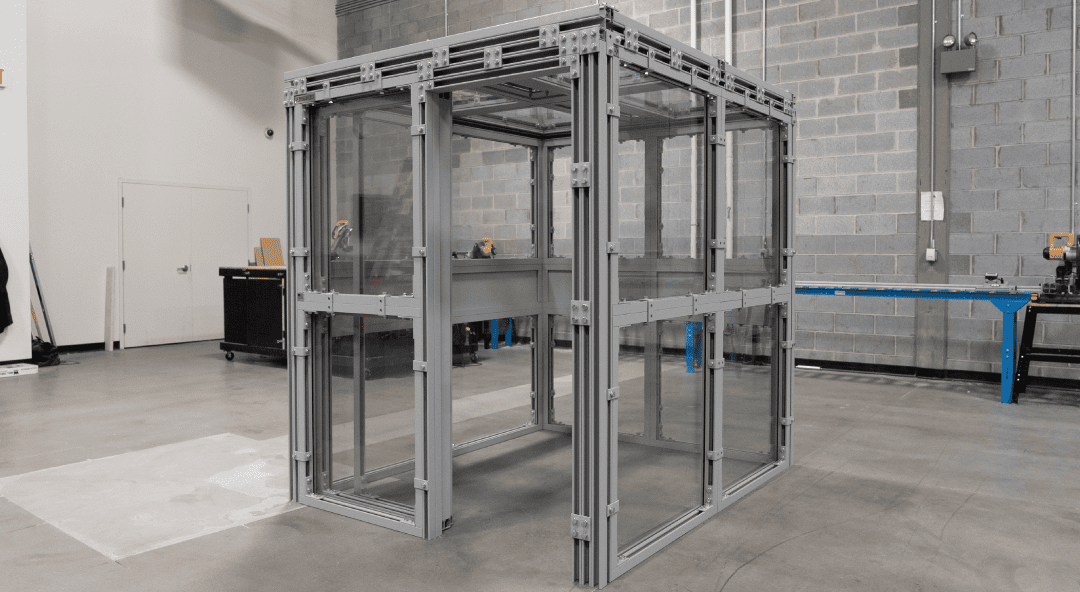Our Blog
Read our articles about engineering applications, impact-resistant materials, and more

Blast-Resistant Enclosures Onsite Assembly Process
As a Project Manager at TotalShield, leader of the blast-resistant enclosures industry, I've learned that even the most perfectly engineered product needs proper installation to perform at its best. While our enclosures arrive ready for assembly, we've found that offering onsite supervision for...
Recent posts
PRESSURE TESTING
How our engineers design shielded enclosures
Across industries, prioritizing safety is critical. Shielding test enclosures serve as crucial safeguards, protecting against threats such as explosive blasts, overpressure, ballistic impacts, and...
Pneumatic test vs. Hydrostatic Test: Differences and Safety Protocols
Pressure testing procedures are key to ensuring the integrity of a wide variety of industrial components and equipment – including pipes, tanks, pressure vessels, fittings, and more. These tests are...
BALLISTIC RESISTANCE
Calculating the Energy of a Ballistic Impact
When creating a shielded enclosure, there are numerous calculations that need to be done. Read how estimating the energy of a ballistic impact influences the manufacturing of our blast-resistant...
Polycarbonate Ballistic Performance: How Strong Is Polycarbonate?
At TotalShield, we use polycarbonate to construct our shield rooms, protective barriers, and machine guards because it is an exceptionally strong material with outstanding ballistic performance. But...
BATTERY TESTING
No Results Found
The page you requested could not be found. Try refining your search, or use the navigation above to locate the post.
BLAST RESISTANCE
Case Study: Connectable Shield Barriers
TotalShield invented the portable shield barrier to provide engineered ballistic and explosive protection in a convenient portable format. This was important for our customers who required high...
Centrifuge Safety Polycarbonate Enclosures
Centrifuges play an essential role in a wide variety of industries, including pharmaceutical, chemical, automotive, aerospace, and defense. By spinning a payload at a high rate of speed, a...
Case Study: Polycarbonate Blast Room for Rocket Testing
Our customers include the most prominent rocket and space companies in America. If a company is building rockets in the United States, they are likely a TotalShield customer. As you can imagine,...
Designing Modular Machine Enclosures
At TotalShield, we are frequently asked by our customers to develop shielding enclosures for potentially dangerous operating machines. These machines have the potential to release fragments,...


![The Pneumatic Pressure Testing Handbook [Part 3]: Pneumatic Testing Safety](https://totalshield.com/wp-content/uploads/2024/07/blog-cover-pressure-testing-safety-1080x463.png)
![The Pneumatic Pressure Testing Handbook [Part 2]: Pneumatic Testing Requirements](https://totalshield.com/wp-content/uploads/2024/07/blog-cover-pipes-pressure-testing-1080x462.png)
![The Pneumatic Pressure Testing Handbook [Part 1]: Pressure Testing Methods](https://totalshield.com/wp-content/uploads/2024/07/blog-cover-pneumatic-testing-handbook-part-1-1080x462.png)









